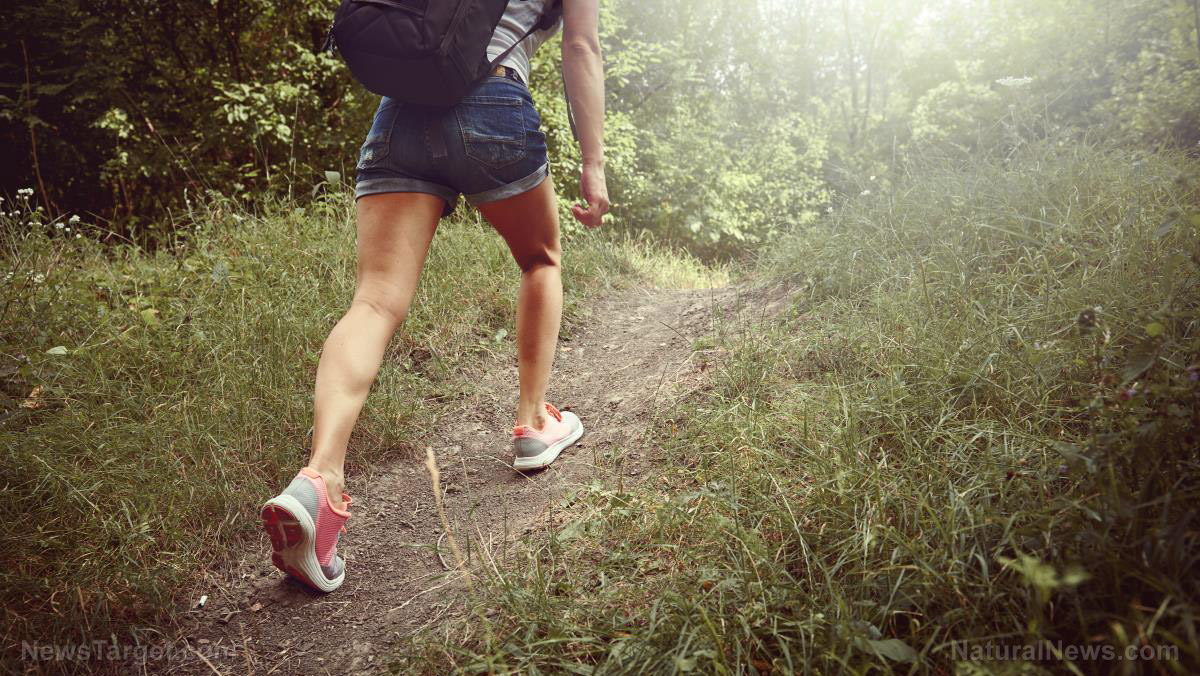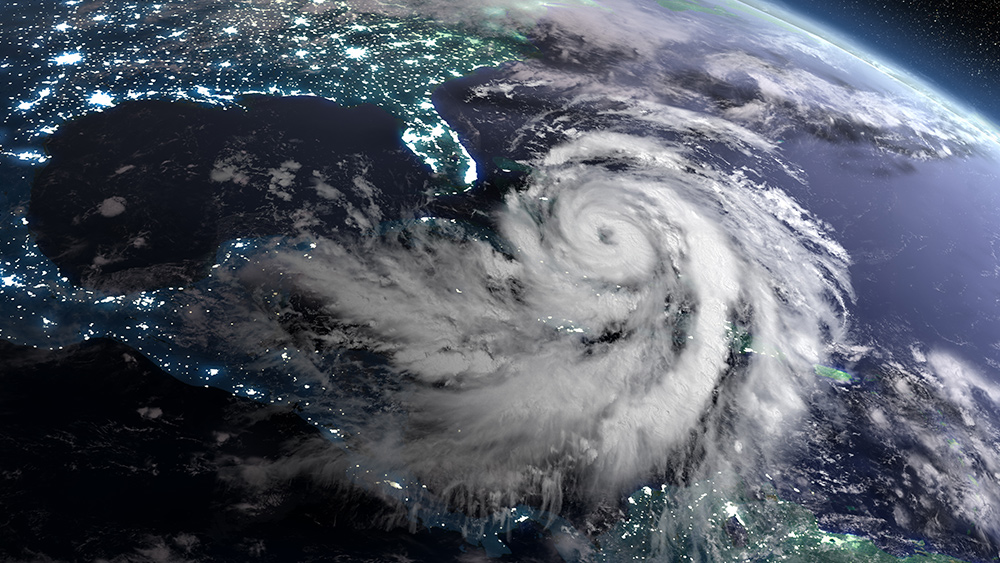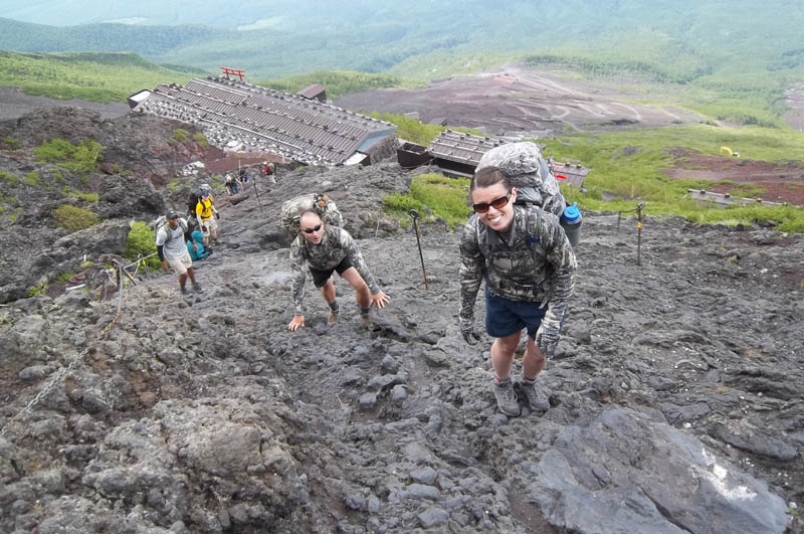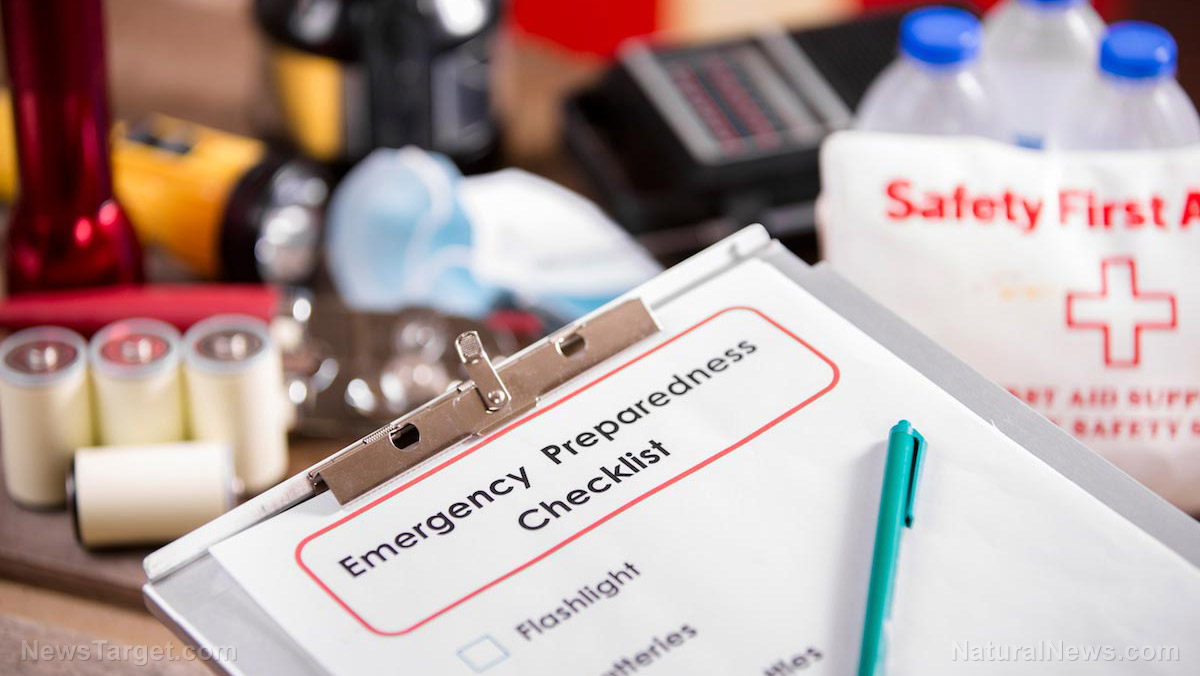Camping basics: Tips for surviving a thunderstorm
08/01/2018 / By Rhonda Johansson

An unexpected thunderstorm can ruin a backpacking trip. These weather occurrences are both dangerous and beautiful. It is not uncommon to hear of nature photographers risking their lives for just that one, perfect shot. But putting aside the chance of capturing such raw, fleeting beauty, your priority during thunderstorms is your survival.
It is not possible to avoid thunderstorms in the wild but you can take the necessary steps to stay safe. We’ve listed five tips that you should follow when camping during a thunderstorm. (h/t to DoomsdayMoose.com)
- A car is safer than a tent – Contrary to popular belief, cars are actually your safest option to hide in during a thunderstorm. Stay inside a fully enclosed vehicle with a hard topped roof. Do not try hiding in a convertible. For added safety, do not touch the door handles, turn off all the equipment, and keep your hands on your lap.
- Choose an appropriate tent space – If there are no nearby vehicles for you to hide in, you can still take refuge in your tent. Make sure to set one up in an appropriate place. Do not set up a tent near tall trees, as these can become conduits for lightning. Avoid isolated trees or metal materials as well; these are great conductors of electricity. Try setting up your tent in a ravine or underneath a cliff if you can. Avoid riverbanks in case of flooding.
- Separate yourselves if you are in a group – Thunderstorms can be scary but camping together is just asking for trouble. Survivalists recommend spreading out instead of clustering in a group. This way, you limit the number of people who could potentially be hurt. If one person gets struck by lightning, the other members spread apart can offer a helping hand.
- Do not seek shelter in a cave – Lightning can jump from the top of the cave to the bottom in seconds. If this happens, you will find yourself completely trapped.
- Research the area before you go on your trip – You can avoid getting yourself in a sticky situation by understanding the area you will be going to. Keep track of weather forecasts and either wait for the storm to pass or know what you should bring (and wear) during these weather events.
If all else fails, remember to try to get indoors as soon as you can during the first signs of thunder or lightning. As a general rule of thumb, it is only considered safe to come outside 30 minutes after the last thunder rumble.
Other survival tips
Do not panic. If you find yourself caught in a thunderstorm without shelter, keep calm and take the immediate precautions. Leave open fields, elevated mountain tops, and watery areas. Here are other things to remember.
- Trapped in a forest – Retreat to a low, dry area like a depression or ravine. Avoid taller trees or lone trees.
- Stranded in an open area – Become the smallest target possible and look for a low-lying area like a valley. Crouch until your head is at roughly at the same level as your knees. Try minimizing your contact with the ground and do not lie down.
- Anywhere else outdoors – Look for a car. Avoid bodies of water.
If one of your friends is struck by lighting, take note of these emergency first aid tips.
- Not breathing but has a pulse – Perform mouth-to-mouth resuscitation.
- No pulse – Use hands-only CPR.
- Breathing with a pulse – Look for other injuries such as burns, loss of hearing, etc.
You can find more survival guides like this at Preparedness.news.
Sources include:
Tagged Under: backpacking, camping, disaster, Gear, hiking, lightning storms, natural disasters, off grid, outdoor living, preparedness, prepping, SHTF, survival, survivalist, thunderstorms



















